Nuestra Historia
¿Cómo resumir en pocas líneas la presencia de los Hermanos de las Escuelas Cristianas en el Ecuador a lo largo de 157 años?
Basado en su benevolencia y en el confirmado afecto suyo hacia la Salle y su labor educativa.
En febrero de 1863 llegan al Puerto de Guayaquil 10 Hermanos Franceses, tres de ellos Agulís María, Apolo y Juniano, se dirigen a Cuenca y un 4 de mayo del mismo año apertúran la escuela San José en la calle Gran Colombia, entre Borrero y Benigno Malo. Ocupan una vieja edificación destinada antaño a Hospital, hoy inexistente y en cuyo predio estaba la antigua Escuela Central, hoy readecuada para fines culturales por la Municipalidad Cuencana.
Fueron el Presidente García Moreno y el futuro Arzobispo de Quito, Monseñor José Ignacio Ordóñez quienes alcanzaron la proeza de iniciar la consolidación como País soberano de nuestro querido Ecuador.
Más de 200 niños fundaron la primera escuela lasallista e hispanoamericana.
El noveno inscrito fue Francisco Febres Cordero Muñoz quien más tarde será conocido y enaltecido como el Santo Hermano Miguel, gloria preclara de la Salle y del Ecuador.
Es de notar que la casa de los Muñoz (actual palacio arzobispal en la Bolívar) tenía una salida a la Gran Colombia por un quinto patio, ocupado hoy por el Hotel Dorado y antaño por la capilla San Miguel Arcángel.
Así se inició la misión lasallista en Cuenca, Quito y Guayaquil: educar cristianamente a los niños y jóvenes ecuatorianos y en especial a los pobres.
Su labor educativa se ha ejercido de modo especial en la sierra del País, de Tulcán a Cariamanga, pero también en Guayaquil y en Napo.
Descuella en Cuenca el trabajo del Hermano Francés Imonís, quien será ejemplar en lo pedagógico pero que, además, junto al sacerdote Cuesta alentarán la organización obrera a inicios del siglo XX, los “Obreros de la Salle”.
1895 fue para el País el inicio de nuevos rumbos con el gran patriota Don Eloy Alfaro, entre sus logros cuentan la implantación de la educación laica en el Ecuador, lo que originó una grave crisis entre la Iglesia Católica y el Régimen.
Sin embargo personalidades como Federico González Suárez, Hermano Miguel, Hermano Imonís buscarán y apoyarán políticas de sanos y democráticos entendimientos.
El 12 de Agosto de 1900, los Hermanos ocuparon el edificio de la Gran Colombia entre las calles Borrero y Hermano Miguel hasta 1972 en que el Municipio dio por terminada la donación.
En 1938, en las “Bodas de Diamante” de la Escuela San José, el Hermano Eduardo José adquirió un predio en la Avenida Solano con dineros otorgados por personalidades de la ciudad. Vale destacar el nombre de Doña Aspacia Polo Toral.
Posteriormente, hacia el año 1955, dicho predio fue adecuadamente aumentado por gestiones del Hno. Eliseo Luis (hoy el sacerdote José Castelví Queralt) secundado por ayudas económicas significativas tanto de Doña Florencia Astudillo como de las hermanas de la Concepción y Alicia Carrión.
Con el Hno. Javier, arquitecto de la Comunidad Lasallista elaboraron los planos del actual Colegio Hermano Miguel e iniciaron su construcción, que fue reiniciada por el Hno. Basilio (Miguel Carvajal) en 1963.
A partir de 1972, tanto secundaria como primaria, ocuparán las mismas instalaciones de la “Virgen de Bronce” poco a poco completadas gracias a las diversas Comunidades Educativas presididas por los Rectores entre 1972 y 2009.
Hoy dicho Plantel educa a más de 2000 estudiantes varones y mujeres.
Desde el año 2008, fieles a la educación de los más pobres, el Colegio de la mañana sostiene un pequeño Colegio gratuito reconocido con el nombre de Unidad Educativa Particular San José.
Dicho Centro tiene su propio edificio junto a los predios del matutino. Sus alumnos gozan de los mismos derechos y deberes inherentes a todo hijo de Dios.
Todos los establecimientos Lasallistas del Ecuador podrían narrar sus metas y logros pero lo descrito no es para instalarse en un pasado, sino para proyectarse propositivamente en el devenir de la sociedad.
Dios nos bendiga y el querido Ecuador nos continúe apoyando.
Our History
How to summarize in a few lines the presence of the Brothers of the Christian Schools in Ecuador over 157 years? Based on his benevolence and his confirmed affection for the Salle and his educational work.
February 1863 10 French Brothers arrive at the Port of Guayaquil, three of them Agulís María, Apolo and Juniano, head to Cuenca and on 4 May of the same year they set up the San José school on Gran Colombia Street, between Borrero and Benigno Malo.
They occupy an old building once destined for Hospital, now non-existent and on whose site was the old Central School, now resuitable for cultural purposes by the Municipality Cuencana.
It was President García Moreno and the future Archbishop of Quito, Monsignor José Ignacio Ordóñez who achieved the feat of initiating consolidation as the sovereign country of our beloved Ecuador.
More than 200 children founded the first Lasallist and Spanish-American school. The ninth inscribed was Francisco Febres Cordero Muñoz who will later be known and exalted as the Holy Brother Miguel, pre-clear glory of the Salle and Ecuador.
It is noteworthy that the house of the Muñoz (present archbishop’s palace in the Bolivar) had an exit to Gran Colombia by a fifth courtyard, occupied today by the Hotel Dorado and formerly by the chapel San Miguel Arcángel.
This is how Lasallian mission was established in Cuenca, Quito and Guayaquil: to educate young Ecuadorian children in a Christian way and especially for poor.
Its educational work has been exercised in a special way in the Highland of the country, from Tulcán to Cariamanga, but also in Guayaquil and Napo.
The work of the French Brother Imonís excel in Cuenca, who will be exemplary in the pedagogical but also, together with the priest Cuesta, will encourage the workers’ organization at the beginning of the 20th century, the «Workers of La Salle».
1895 was for the country the beginning of new directions with the great patriot Mr. Eloy Alfaro, among his achievements include the implementation of secular education in Ecuador, which caused a serious crisis between the Catholic Church and the Regime. However, personalities such as Federico González Suárez, Brother Miguel, Brother Imonís will seek and support policies of healthy and democratic understandings.
On August 12th, 1900, the Brothers occupied La Gran Colombia building between Borrero and Hermano Miguel streets until 1972 when the Municipality finished the donation.
In 1938, in the “Diamond Weddings” of San José School, Brother Eduardo José acquired a property on Solano Avenue with money granted by personalities of the city.
It is worth mentioning the name of Mrs.Aspacia Polo Toral.
Subsequently, around 1955, Brother Eliseo Luis (now Priest José Castelví Queralt) adequately increased the property and received a consiserable economic support from both Ms. Florencia Astudillo as well as from the Sisters of the Immaculate Conception and Ms. Alicia Carrión.
The building plans for the existing Hermano Miguel High School were drawn up with the help of Brother Javier, the architect of the Lasallian Community, and construction work started soon after. It was later continued in 1963 under the supervision of Brother Basil (Miguel Carvajal).
From 1972, both secondary and primary schools occupied the same facilities of the «Virgen de Bronce» and were gradually completed thanks to the various Educational Communities represented by the school’s Principals between 1972 and 2009. Today this very institution enrolls more than 2000 male and female students.
Since 2008, being faithful to educating students from poverty-stricken families, the morning high school runs a small free high school known as the Unidad Educativa Particular San José. This school was built next to the morning school providing students with the same rights and responsibilities belonging to every child of God.
Nuesta historia se fundamenta en nuestros Valores
Puedes leer sobre nuestros Valora, Misión y Visión a continuación
TELÉFONOS
(02) 2583 360
096 200 0929





U.E. Hermano Miguel De La Salle - Derechos Reservados
